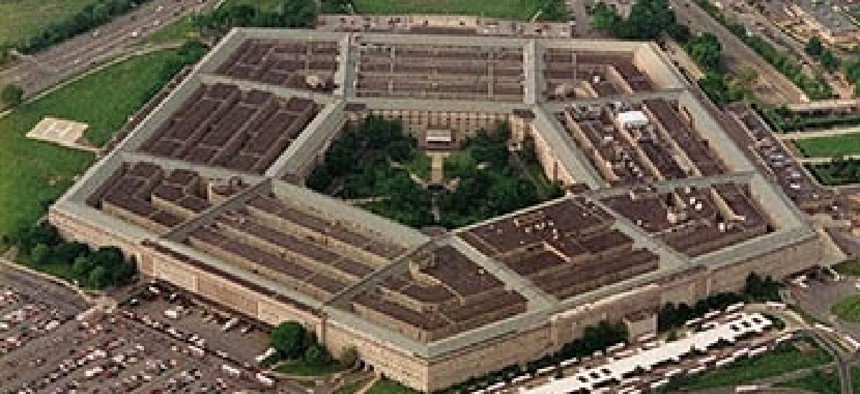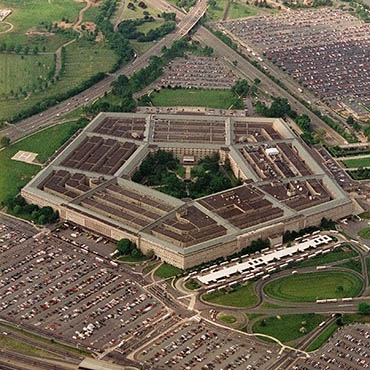Pentagon IT budget prioritizes JRSS

Defense officials are seeking $172 million for the department-wide "firewall on steroids" -- up from the $84 million enacted for the program in fiscal 2016.

The Defense Department is trying to solidify its IT backbone by more than doubling the amount of money it puts toward the Joint Regional Security Stacks in fiscal 2017.
According to budget documents posted to the IT Dashboard, Defense officials are asking for $172.3 million for the department-wide "firewall on steroids," as it has been dubbed, compared to $84.4 million enacted for the program in fiscal 2016.
DOD CIO Terry Halvorsen has made the JRSS -- a set of servers, switches and software tools --one of the signature policy initiatives of his 21-month tenure as the Pentagon's IT chief.
The JRSS program represents one of the bigger boosts in requested funding in the Pentagon's $38.6 billion IT proposal for fiscal 2017 disclosed in the IT section of the federal budget. That number – approaching half of the overall federal IT budget request -- spans both classified and unclassified programs, and is on par with the $38 billion enacted in fiscal 2016. The Dashboard lists a Pentagon spend of $30.29 billion, and the difference between that figure and the budget figure suggests about $8 billion in classified defense IT spending.
While this "unofficial official" figure is a regular fixture of the budget release, leaks from former National Security Agency contractor Edward Snowden have shown a more significant disparity between the public indications of classified IT budget requests and the actual amount spent.
The fiscal 2017 budget request has "a heavy emphasis around identifying legacy technologies, which are of course particularly acute at DOD," said Trey Hodgkins, a senior vice president at the Information Technology Alliance for the Public Sector.
Paul Brubaker, a former deputy CIO at DOD, welcomed the Pentagon's budget proposal as "good news for the market" because it "recognizes that cyber and IT modernization are critical needs."
"Also good is that there is…a recognition on the Hill that cyber and modernization need major investments, so I would expect bipartisan support" for boosting those accounts, added Brubaker, now a vice president at systems engineering firm IT Cadre. At the same time, the budget environments means offsetting cuts will likely be needed to account for such spending increases, he said.
Another notable IT line item in the DOD budget is $95 million for the Defense Information Systems Agency's development of a new background-check system.
Elsewhere, the Pentagon is requesting a surge in funding for a "top secret/sensitive compartmented data service" that offers IP-based infrastructure for resource management. Defense planners want $47.7 million for that program in fiscal 2017, compared to just $5.9 million enacted for it the previous year, according to the budget documents.
NEXT STORY: OMB taps ex-HP exec as IT category manager


